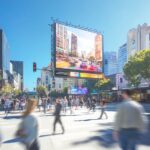In today’s fast-paced digital world, mobile traffic plays a pivotal role in shaping the experiences of event-goers and determining the success of venues. With more attendees relying on their smartphones to connect with events, understanding key statistics and trends in mobile usage has become essential. This article dives into how analyzing mobile traffic can unlock new revenue streams and enhance the overall event experience. It shares effective tools and strategies for harnessing mobile insights, along with real-world examples that highlight successful implementations. By optimizing mobile interactions, venues can boost ticket sales and create memorable experiences for attendees. It’s all about uncovering the transformative power of mobile traffic in the events industry.
Understanding Mobile Traffic and Its Impact on Events and Venues
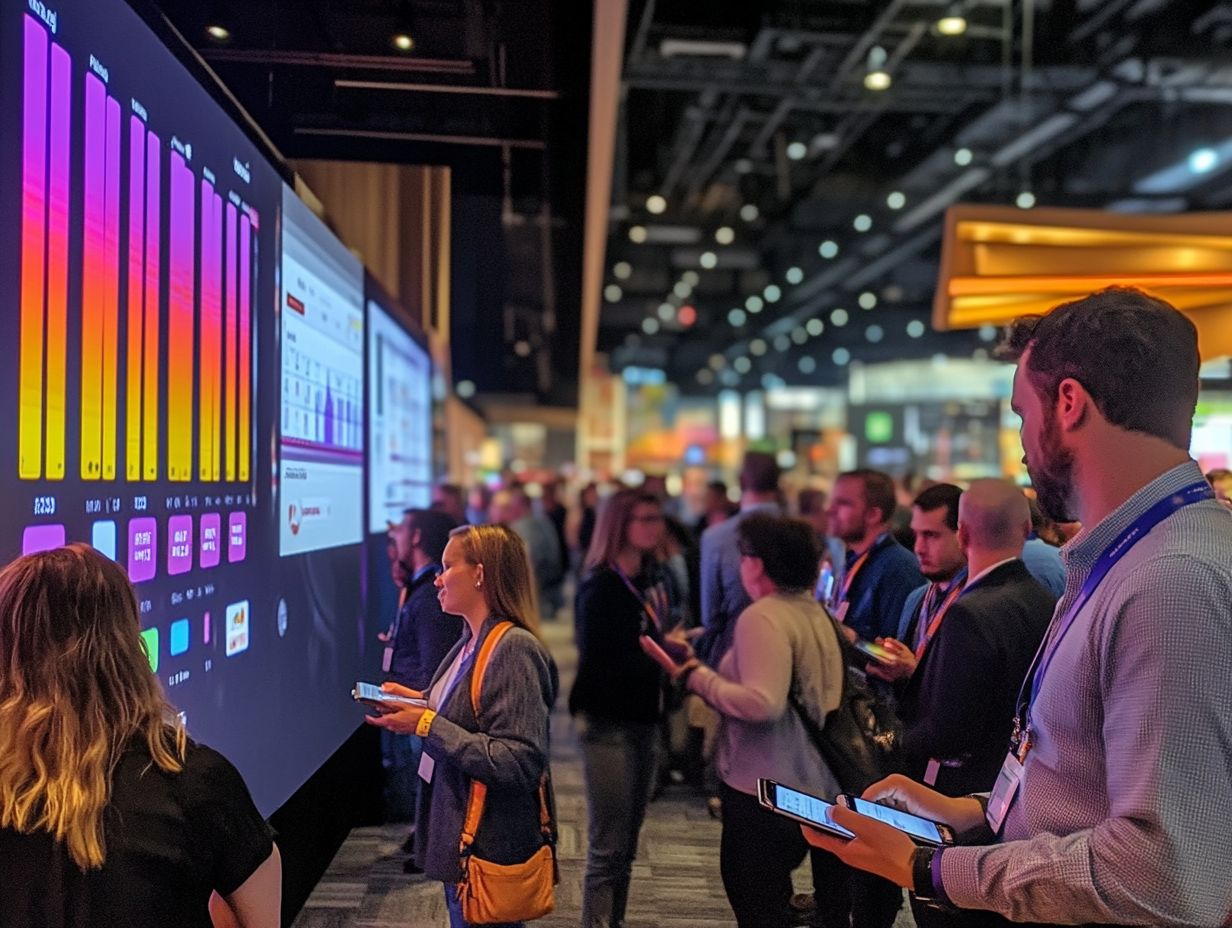
In today’s ever-changing event landscape, understanding mobile traffic is crucial for optimizing event experiences and maximizing ROI for venues. With more than half of all web traffic coming from mobile devices, event organizers need to prioritize mobile optimization strategies to enhance user experiences, boost ticket sales, and drive audience engagement.
By diving into mobile traffic data, they can uncover valuable customer insights that shape their event planning and promotional strategies. This approach helps them meet the diverse needs of attendees and craft memorable experiences that ultimately lead to increased event attendance.
Key Statistics and Trends in Mobile Usage for Event-goers
Key statistics and trends in mobile usage show that a significant portion of event-goers relies on mobile devices for planning and attending events, which is influencing event strategies across the industry.
Research indicates a steady rise in mobile engagement, with users increasingly turning to mobile-friendly websites and apps for ticket purchases, event information, and real-time updates.
This shift toward mobile was underscored in a recent study, which found that nearly 70% of consumers prefer using their smartphones to research events and buy tickets.
Event planners are catching on to the necessity of optimizing their platforms for mobile users, as more than 50% of ticket sales are now completed through mobile devices.
The implications of these trends are huge; they require a shift in marketing strategies where personalized content delivery, targeted advertisements, and real-time data analytics are essential for understanding the audience.
This transformation not only boosts accessibility but also fosters deeper engagement, ultimately leading to increased ticket sales and enhanced event experiences.
How Analyzing Mobile Traffic Can Increase Revenue for Events and Venues
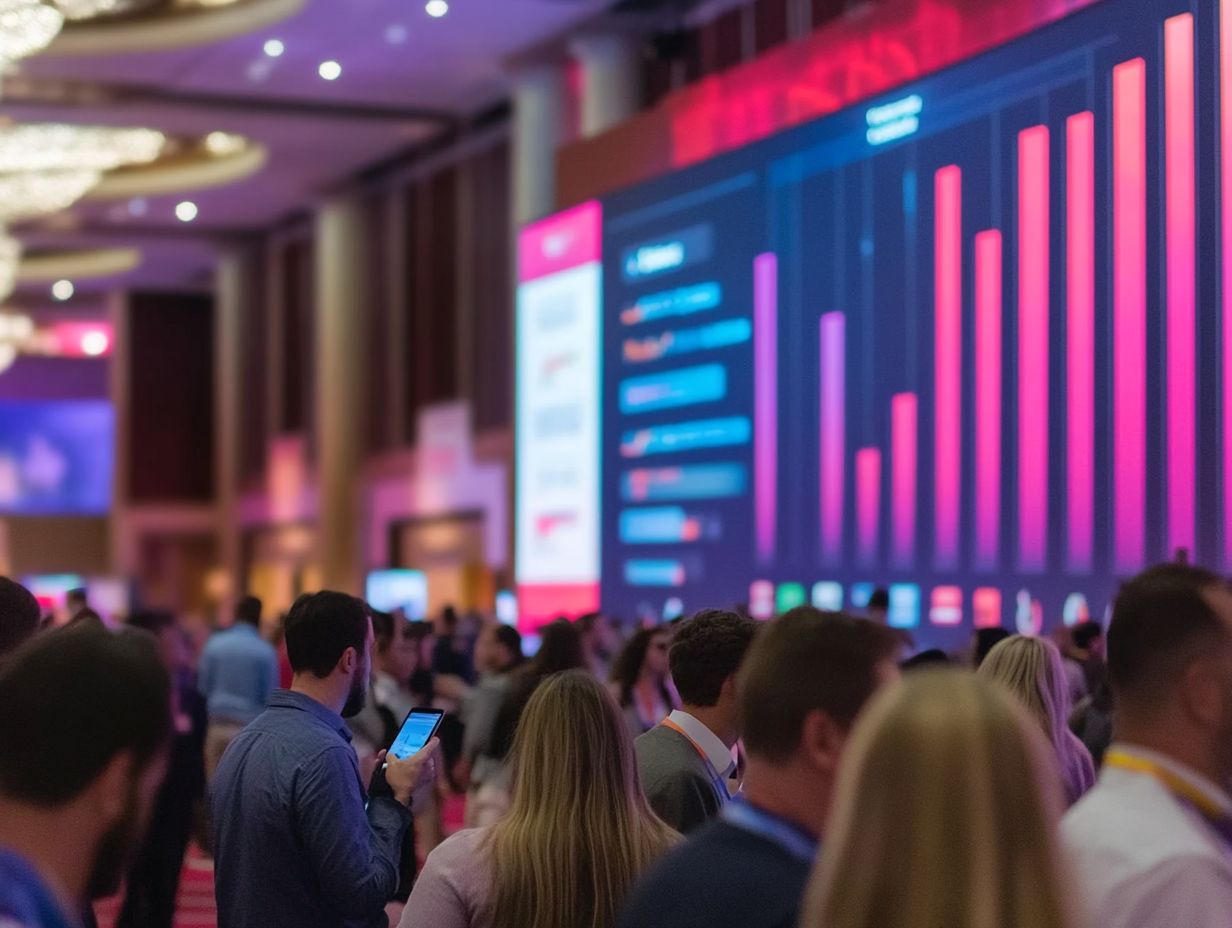
Analyzing mobile traffic serves as a powerful tool for event organizers and venue managers who want to ramp up revenue generation and optimize their marketing efforts.
By tapping into data-driven insights from traffic sources and user behavior, event planners can fine-tune their promotional strategies and improve conversion rates. This approach ultimately leads to boosted ticket sales and increased overall profitability for their events.
Tools and Strategies for Analyzing Mobile Traffic
Utilizing the right tools and strategies for analyzing mobile traffic can really boost the effectiveness of event marketing campaigns and ensure attendees have the best possible experience. By putting mobile analytics tools to work, event organizers can track user behavior, assess how well their campaigns are doing, and gain valuable insights into how engaged attendees are.
There are various platforms available, like Google Analytics, that offer robust features for tracking traffic sources and user demographics. Heatmaps can also help by providing visual representations of where attendees are most engaged on mobile sites.
To make sense of this data, event planners can segment users based on their behavior, which allows them to create tailored strategies that enhance user retention.
A/B testing can be a game-changer too, revealing which elements of the event campaign really resonate with the audience. By employing techniques like personalized communication and targeted incentives, they can not only improve engagement and satisfaction but also streamline event logistics. This ensures a smooth experience that keeps attendees coming back for more.
Examples of Successful Implementation
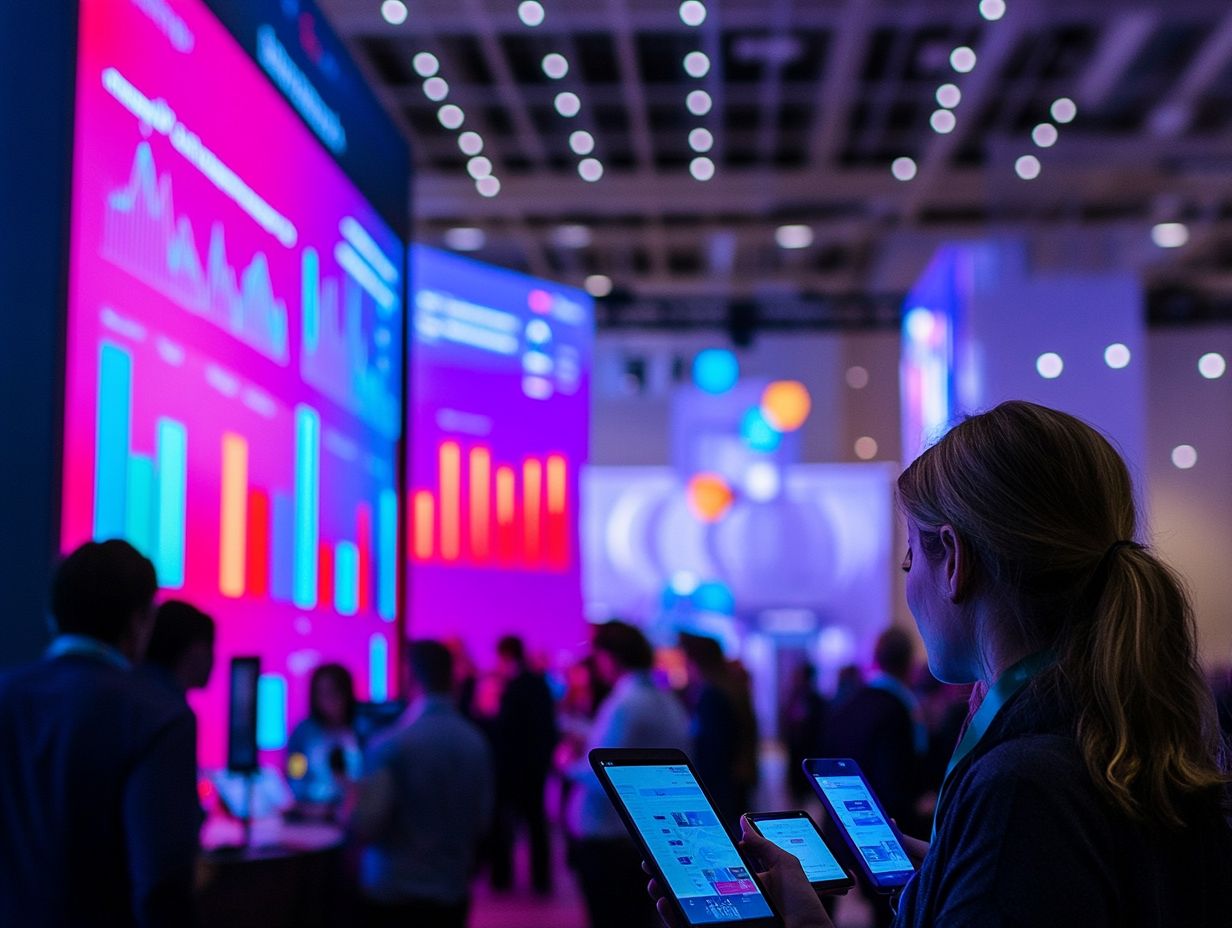
There are plenty of examples showcasing how mobile traffic analysis can work wonders for revenue generation and audience engagement at events. Case studies show that events using mobile analytics often see a boost in ticket sales, improved attendee satisfaction, and better brand visibility through targeted promotions.
One standout example involves a major music festival that leveraged mobile traffic analysis to keep tabs on attendee movements and behaviors throughout the venue. By using heatmaps and real-time data tracking, the organizers identified hot spots and the best times for promotional activities. As a result, they enjoyed a 30% increase in merchandise sales and enhanced interactions with sponsors.
In another case, a tech convention took a similar approach by integrating analytics into their app, which helped create personalized experiences for attendees. They successfully drove engagement by promoting relevant sessions and workshops, resulting in a significant jump in participation rates.
These examples really highlight how mobile traffic analysis can not only elevate the overall event experience but also provide invaluable insights that shape future strategic decisions.
Maximizing Revenue through Mobile Optimization
Maximizing revenue through mobile optimization is an essential part of successful event planning and marketing. By developing mobile-friendly websites and applications that enhance user experience, event organizers can really boost their conversion rates and ticket sales.
This not only leads to increased revenue but also results in higher levels of attendee satisfaction.
Optimizing Ticket Sales and Conversions
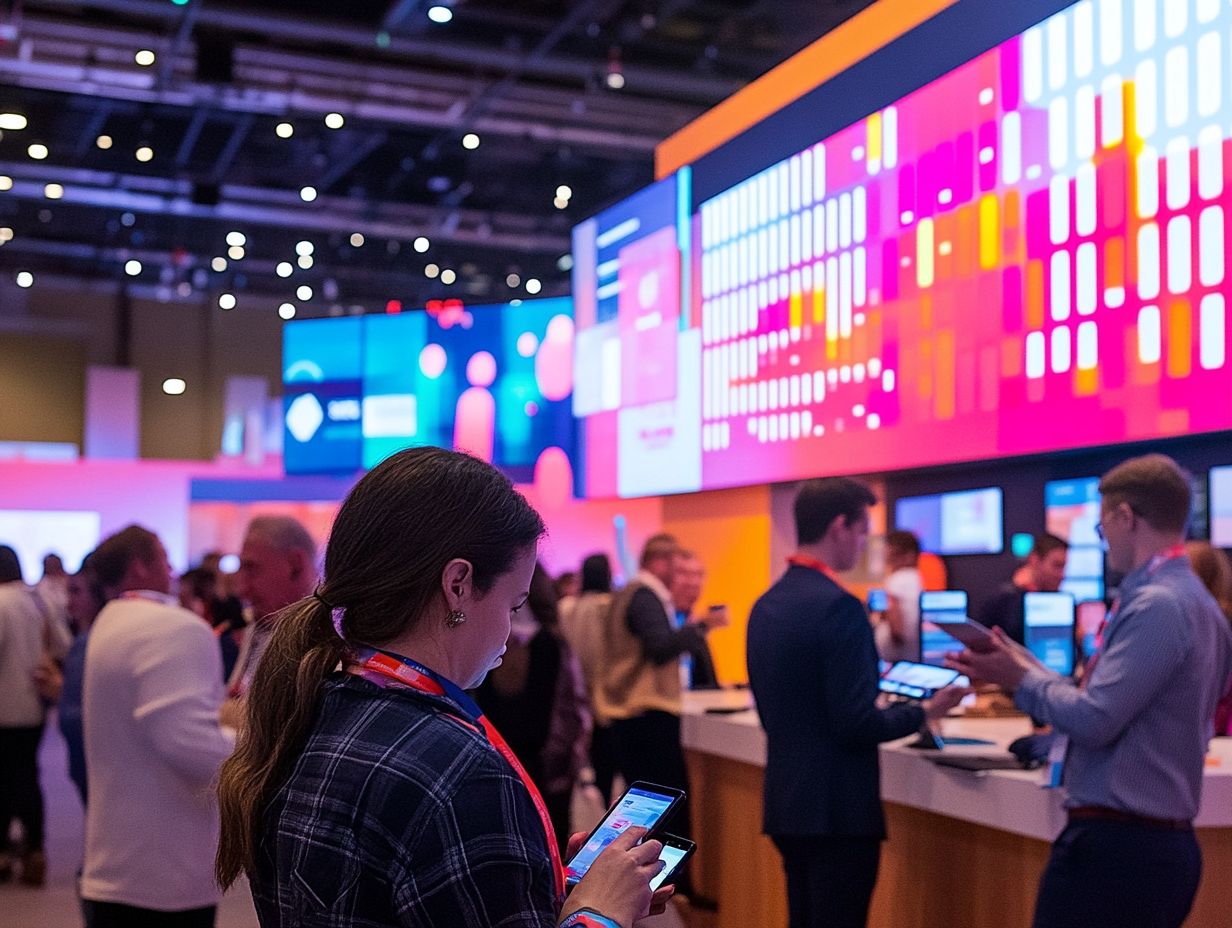
Optimizing ticket sales and conversions is crucial for maximizing revenue at events, and a solid focus on user interface design can really enhance the ticketing experience. By utilizing effective ticketing platforms and mobile commerce strategies, organizers can streamline the purchasing process and boost lead conversion rates.
One key best practice is simplifying the checkout process, which can significantly reduce cart abandonment rates. For example, a leading ticketing platform found that by cutting down the number of steps in the checkout flow, they achieved a 30% increase in completed transactions.
Offering multiple payment options—like credit cards, digital wallets, and even cryptocurrency—helps cater to a wider audience and can improve overall user satisfaction. A recent study showed that events providing diverse payment methods see an impressive 20% increase in ticket sales.
By implementing these strategies, event organizers can create a more inviting and efficient purchasing environment.
Enhancing the Event Experience for Mobile Users
Enhancing the event experience for mobile users is crucial for fostering audience engagement and ensuring attendee satisfaction. By integrating event technology that caters specifically to mobile users, organizers can create a seamless and interactive experience that really connects with attendees and encourages them to stick around.
Using mobile event apps allows for tailored agendas, personalized notifications, and easy access to essential information. Real-time feedback tools enable participants to share their insights and opinions instantly, which fosters a sense of involvement and ownership over their experience.
Incorporating interactive features like live polls and Q&A sessions can significantly boost audience participation, turning the event into a lively and dynamic environment.
These technologies not only enhance communication between organizers and attendees but also contribute to a richer, more fulfilling atmosphere that keeps users engaged and satisfied long after the event wraps up.






